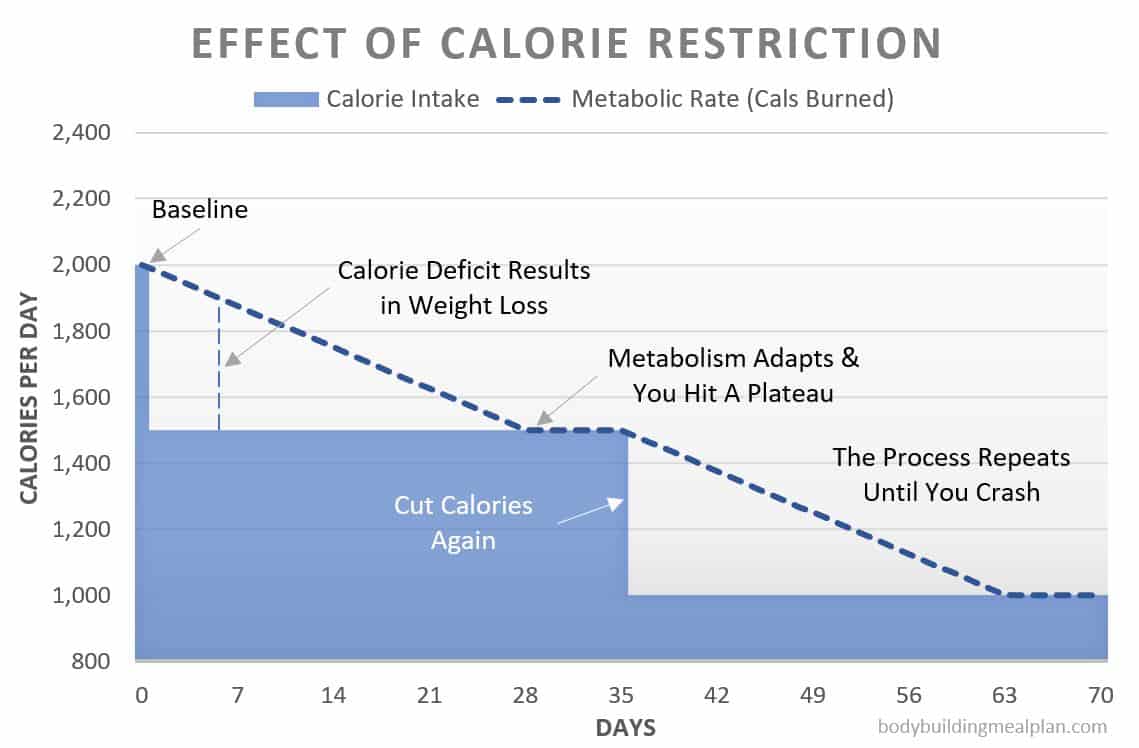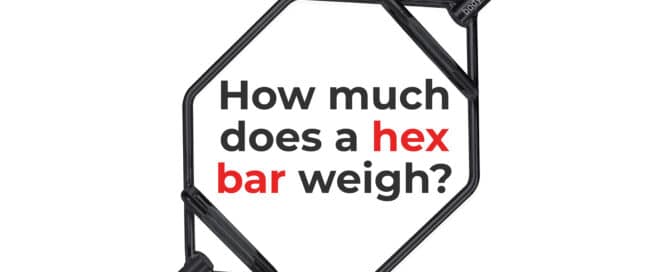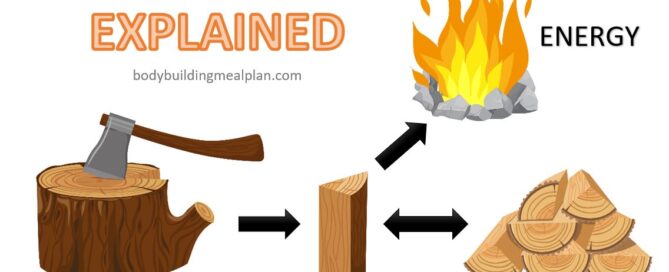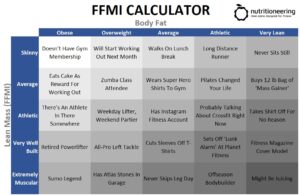Weight Loss Calculator
Find Your Calorie Target & See How Much Weight You’ll Lose
By: Jeremy Fox, CNC, CPT – Updated: March 24, 2023
If you’re tired of losing weight only to gain it back again, then the weight loss calculator is for you.
More often than not, weight loss diets set you up for short-term success and long-term failure. At first, you lose weight quickly, but then you always crash and gain it all back (and then some).
But this weight loss calculator is different. It’s designed to help you burn body fat without losing lean muscle. So you’ll lose weight and keep it off.
Before you hit “submit,” I highly recommend skimming the information below so you understand how the weight loss calculator works!
How the Weight Loss Calculator Works
Some weight loss calculators are so complicated you need a Ph.D. to figure out how to reach your goal. While others are so simplistic, you don’t get any meaningful direction.
That’s why my weight loss calculator uses plain English and keeps the complicated stuff in the background. So it’s easy to understand what you need to do to lose weight.
Also, the calculations are based on actual medical weight loss studies1,2,3. So you can be sure you will lose weight in a healthy way without damaging your metabolism.
In addition to a custom calorie target, you’ll also see your projected weekly weight loss. That way, you can plan how long it will take to reach your goal.
Plus, you’ll receive personalized recommendations to help you lose weight. All this information is free, but if you like what you see, you can sign up for a detailed custom nutrition plan.

Energy Balance 101
The first step in losing weight is creating a calorie deficit where you intake less energy than you burn each day. While it sounds simple enough, this is where most diets fail, but not for the reason you might expect!
Minimum Calorie Intake
You’ve probably never thought about a minimum number of calories to eat. But this is a crucial step to ensure sustainable weight loss.
In fact, skipping this step is the reason most diets fail. When you eat too little for too long, your metabolism slows down to conserve energy.
The graph below shows the typical yo-yo diet cycle that dooms you to crash and regain all the weight you lose.
To apply an analogy, think of your metabolism as a campfire. If you only feed the fire a few twigs, the flame dies out.
On the other hand, when you replenish the fire with the right amount of wood, the flame burns at a steady rate.
In the same way, it’s essential to eat enough calories to fuel your body’s fire. A steadily burning metabolism is vital to sustained weight loss.
For this reason, my weight loss calculates your BMR (basal metabolic rate). And gives you a minimum number of calories to eat to maintain your metabolism.
Maximum Calories
Of course, you also know you won’t lose weight if you eat more calories than you burn. The number of calories you burn each day is called TDEE (total daily energy expenditure).
TDEE is a combination of your metabolic rate, daily activity, and exercise. As long as you eat fewer calories than your TDEE, you are in an excellent position to lose weight.
That’s why my weight loss calculator asks you some simple questions about your daily activity and exercise habits. Then calculates your TDEE, which can be considered your calorie maximum for weight loss.
Weight Loss Calculator Results
Next, let me explain how to interpret your weight loss calculator results. The results page consists of three main parts: your calorie targets, the projected rate of weight loss, and recommendations to reach your goal faster.
Your Ideal Calorie Target
You’ll see a table at the top of the results page showing your calorie expenditure and target calorie intake. Your calorie target will be more than your BMR but less than your TDEE, resulting in the ideal deficit for weight loss.
Moreover, your calorie target adjusts to your activity level. Lower on days you don’t exercise and a little higher on days you do. So you continue losing fat even when you’re not as active.
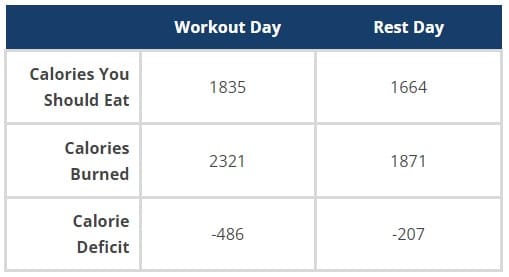
Example calorie targets for workout day and rest day.
Rate of Weight Loss Calculator
You will also see exactly how much weight you can expect to lose each week. With your daily calorie deficit calculated, we can also determine your cumulative weekly calorie deficit.
Furthermore, we know that each pound of fat contains roughly 4,000 calories. So your projected weekly weight loss is your cumulative calorie deficit divided by 4,000 calories.
For example, if you have a 400-calorie per day deficit, that’s 2,800 calories per week (400 calories * 7 days/week = 2,800 calories/week). And 2,800 cals/week ÷ 4,000 cals/lb = 0.7 lbs/week of weight loss.
Of course, you may want to lose weight faster than that. And the usual response to speed up weight loss is eating less. But cutting more calories is almost always the wrong move!
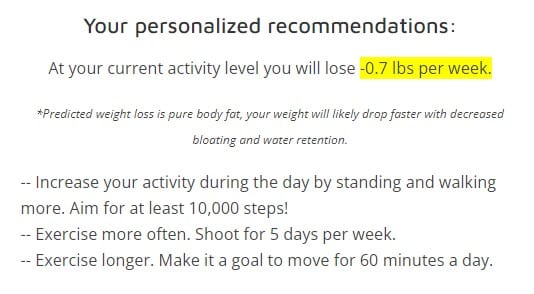
Example weight loss rate and corresponding recommendations.
How to Lose Weight Faster
The best way to accelerate weight loss is usually to increase activity rather than decrease calorie intake. Again, this is due to the metabolic adaptation that occurs with too much calorie restriction.
Remember, eating fewer calories than your metabolism burns will cause it to slow down and stall weight loss. However, burning more calories by exercising is normally a safe and effective way to lose weight faster without crashing your metabolism.
For this reason, my weight loss calculator also includes personalized recommendations about how to adjust your lifestyle to reach your goal as efficiently as possible.
More Weight Loss Calculators & Tools
Click here to try the weight loss calculator and get your free calorie targets and guidance. Or check out some of my other excellent free weight loss calculators and tools below.
With this information, you’re well on your way to reaching your weight loss goals. But don’t stop now! Here are some additional fitness-related articles for you to continue learning.
References
1) Friedlander, Anne L., et al. “Three weeks of caloric restriction alters protein metabolism in normal-weight, young men.” American Journal of Physiology-Endocrinology and Metabolism 289.3 (2005): E446-E455.
2) Heyman, MELVIN B., et al. “Underfeeding and body weight regulation in normal-weight young men.” American Journal of Physiology-Regulatory, Integrative and Comparative Physiology 263.2 (1992): R250-R257.
3) Trexler, Eric T., Abbie E. Smith-Ryan, and Layne E. Norton. “Metabolic adaptation to weight loss: implications for the athlete.” Journal of the International Society of Sports Nutrition11.1 (2014): 7.
